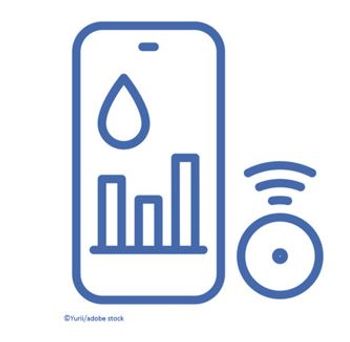
Diabetes News in the New Year
The initial research findings of 2016 include a link between early elevated BMI and later diabetes and heightened dementia risk in women.
Early elevated BMI is associated with later diabetes, dementia risk is increased in women with diabetes, lung capacity is decreased with diabetes and metabolic syndrome-these are some of the key diabetes research findings of early 2016.
Catch up here on the latest diabetes headlines.
Early Elevated BMI Tied to Later Diabetes
•
• Higher BMI in middle age is strongly associated with all outcomes.
• Early obesity prevention may reduce later type 2 diabetes risk, more than MI and stroke.
Greater Dementia Risk in Women With Diabetes
• The
• The additional risk is greater in women with vascular dementia but not in those with nonvascular dementia.
Lower Lung Capacity With Diabetes and Metabolic Syndrome
• Researchers investigated the dose-response relationship between pulmonary function measurements (eg, forced expiratory volume in one second [FEV1]) and risk of metabolic syndrome or type 2 diabetes.
•
• The findings suggest screening for type 2 diabetes and metabolic syndrome in patients with obstructive lung disease and to ensure there was no abnormal glucose metabolism before the start of steroids.
Prevent Gestational Diabetes Mellitus With Lifestyle Intervention
• The incidence of
• Each woman in the intervention group received counseling on diet, physical activity, and weight control from trained study nurses and had a group meeting with a dietitian.
• Women in the intervention group increased their leisure time physical activity and improved their dietary quality more than women in the control group.
• The findings may have major health consequences for mothers and their children.
Peripheral Insulin Resistance Predicts Liver Damage in Nondiabetic Patients
• The oral glucose insulin sensitivity (OGIS) index is associated with
• The index is inversely associated with an increased risk of significant and advanced liver damage in nondiabetic patients with NAFLD.
• Both OGIS and NAFLD fibrosis score identified advanced (F3/F4) fibrosis, but OGIS predicted it better than NAFLD fibrosis score and was able to discriminate F2 from F3/F4.
Newsletter
Enhance your clinical practice with the Patient Care newsletter, offering the latest evidence-based guidelines, diagnostic insights, and treatment strategies for primary care physicians.
































































































































































































































































































































